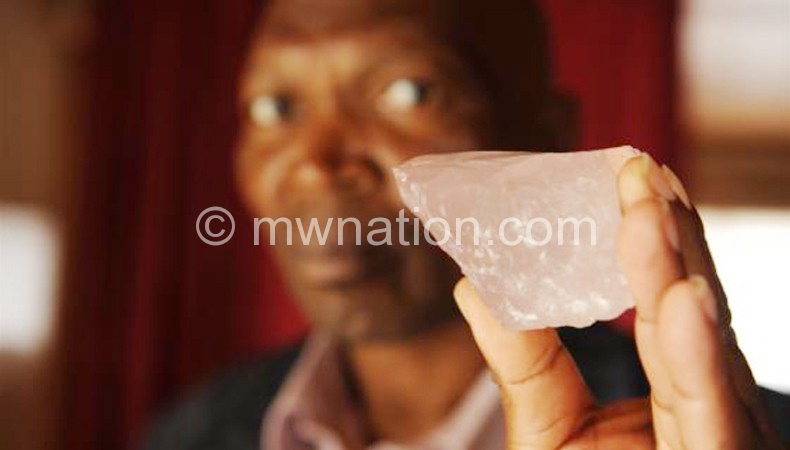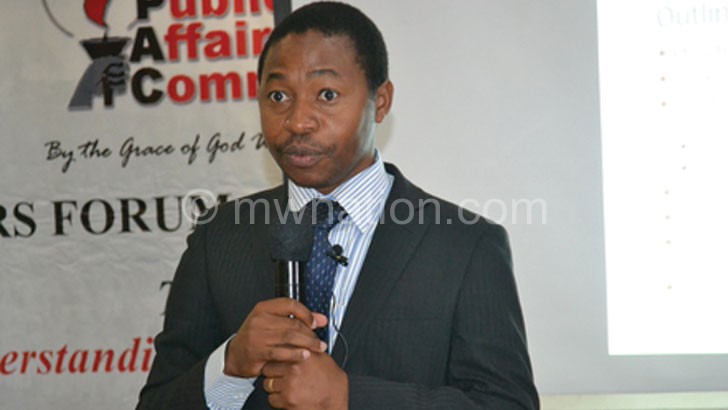Malawi could be Africa’s rare earth hub
Malawi is on the verge of becoming Africa’s largest source of rare earths which experts say could propel the country’s mining sector contribution to the gross domestic product (GDP) to around 30 percent in the years to come.
This feat means mining could become Malawi’s lifeline overtaking tobacco—currently accounting for 13 percent of the national economy—which is facing global pressure arising from anti-smoking lobbyists.

An official from the geological survey department confirmed that Malawi, which has metals such as dysprosium, uropium, terbium, niobium, palladium, zirconium, manganese, niobium and salium, could indeed be the largest source of rare earths in Africa.
Government gave exploration licences to Lancaster Exploration Limited, a 100 percent owned subsidiary of Mkango Resources Limited exploring for rare earths at Songwe Hills in Phalombe and Salambidwe in Mwanza.
Others mining firms are Globe Metals and Mining, exploring for niobium at Kanyika in Mzimba, Lynas Corporation at Kangankunde in Balaka and Canadian-based Gold Canyon Resources Inc expected to explore for rare earths at Chambe Basin in Mountain Mulanje.
Rare earths are critical in technological expansion and are used in electronic gadgets such as TV screens, hybrid electronic vehicles, cell phones and refrigerators, among others.
Mkango Resources Limited chief executive office Will Dawes is quoted by Mining.com saying Malawi’s resources are thought to be particularly promising and the country could become Africa’s largest rare earth producer.
“There are at least five potential rare earth mines in Malawi, of which Mkango’s Songwe Hill project is the most advanced. Malawi ticks the boxes in terms of resource potential, a stable political environment, infrastructure and government support,” he said.
Daves said Malawi’s mining sector is “relatively underdeveloped compared to neighbouring countries” but with multilateral donor support, the country is working to review the mining code and develop more attractive incentives for investors.
However, the biggest hurdle for Malawi (to realise full mining potential) is insufficient power supply, which has been a thorn in the flesh for businesses. Escom, with the addition of 64 megawatts from Kapichira II, generates 351 megawatts of hydro power against a suppressed demand of 350 megawatts.
Mining.com reports that a total of $829 million has been raised to explore metals and minerals in Africa over the last two years, saying that while some 65 percent of drilling on the continent targets gold, rare earths are the fifth most popular prospect after iron ore, copper and coal attracting five companies, spending $42 million in the two years.
The renewed interest in Africa’s rare earths come despite dramatic falls in the value of the 17 elements used in a variety of high-tech, green and consumer electronics industries.
Experts have always urged for the Malawi Government to diversify its economy and expand its export base by not relying on a few commodities for export to boost its foreign currency earnings base.




